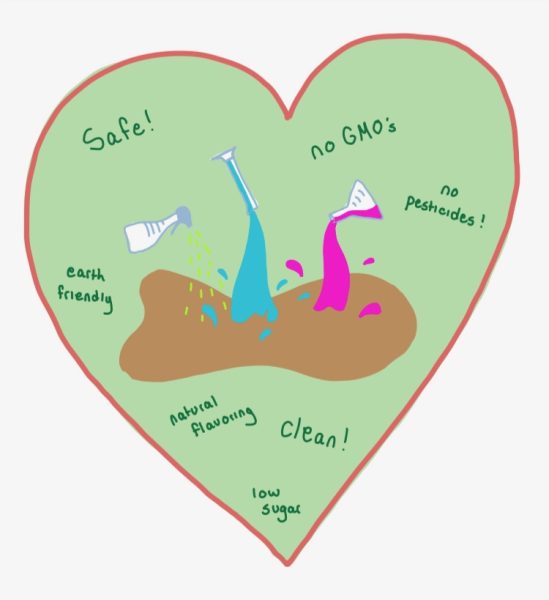The High School Curriculum Demands a Decrease in Classes
The high school education system needs major reform. In California, students are mandated to fulfill the a-g requirements, which include history, English, math, laboratory science, a world language, and at the very bottom of this list, visual arts. Most high school students will have six classes all four years of high school, and some schools even require students to take a minimum of five classes, even though they have completed their required a-g courses. As colleges continue to become more selective, students are being pushed to do more than just the required a-g classes, creating sleep-deprived, stress-ridden students who have no recollection of what they were taught. The a-g requirements should be modified so that students have fewer classes. This would allow for students to get a more in-depth education without having to sacrifice sleep or extracurricular activities.
Straight A’s in normal a-g classes are often not enough to get accepted into very competitive and prominent colleges. Students that aim to go to top universities like UCLA are forced to take more rigorous courses, such as AP, IB, or honors classes, in order to compete with the other future applicants. It is impractical to assume that these students will fully retain the knowledge they learn when they are taking six classes at a time. Teachers are required to teach a set curriculum in a certain amount of time, but students are not given enough time to completely learn all the material. As a result, students are doing homework and class work simply for the letter grade and not for the sake of actually learning. It is pointless to teach students things they will not remember in a year. The University of California’s website states that the intent of the a-g requirements is to ensure that students have attained a body of general knowledge, but the a-g requirements has instead forced students to half-heartedly learn topics that may not be necessarily helpful to them. Instead of students putting in less effort on assignments because they do not have enough time to finish homework in their other classes, students would be able to work effectivelly on each homework assignment.
Defenders of the a-g requirements believe that it is necessary for high school students to take this many classes in order to raise well-rounded accademics who are prepared for college. Adolescents are still in the process of deciding what they are interested in, so teaching all these classes is an opportunity to expose them to different subjects and possible career paths. In theory, this is a great idea, but in practice, it fails to account for the fact that most students have other obligations besides school. High school is a time where students are encouraged to play sports, join clubs, make friends, and get involved in the community. Some students have the time management skills to do exactly that, but these are the same students who are typically over-stressed with an awful sleeping schedule. The National Sleep Foundation reports that only 15% of high school students receive the minimum eight and a half hours of sleep needed by adolescents. It is not difficult to see how a student taking three different AP classes, or worse, full IB, could be up late studying for each test.
Students sacrificing sleep to study and being crippled by the lack of sleep are the two most prevalent problems with too many classes. This behavior persuades students to only complete assignments for a good grade. If high school students were given three or four classes in a given year, they would be able to retain the material they learned in a class. Students would be able to balance school obligations with sports, extracurriculars, and a social life, without having to sacrifice sleep. Students should be given more time to focus in class and have enough free time to go out and have fun. High school should not be four years that students want to forget, but a period of time that they can fondly reminisce on in the future.
Hello there! Our goal is to provide relavent, engaging journalism for readers of all ages. Your donation will support the student journalists of the Wolfpacket at Claremont High School, and will allow us to purchase equipment, print our monthly issues, and enter in journalism competitions. We appreciate your consideration!
Andrew Im is a senior at Claremont High School. He enjoys outdoor activities such as snowboarding, cycling, body-surfing, and most of all, playing golf....












